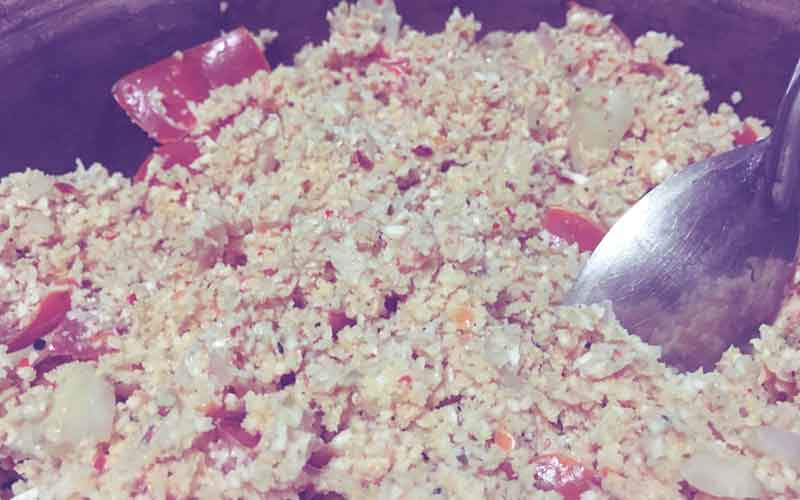
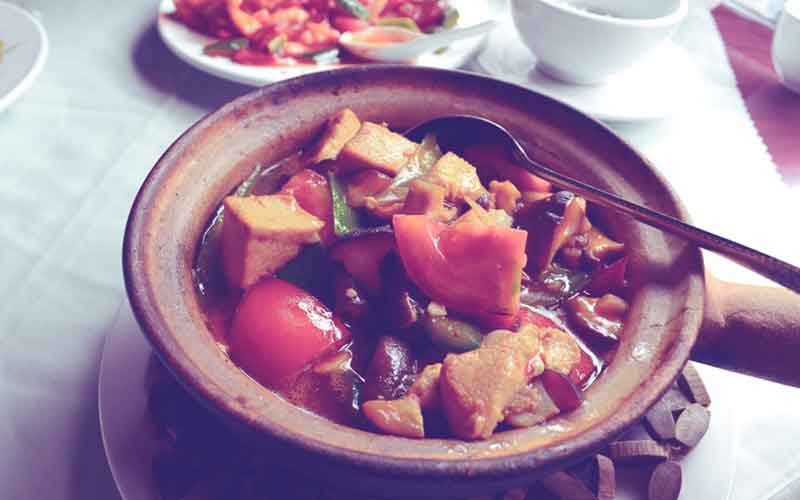
Although traditional kitchens generally do not exist in the modern world, a fully equipped Sri Lankan kitchen still includes traditional tools. These cannot be substituted because they enhance the taste of the food – which is the most important thing. If you want the same mouthwatering tastes and aromas that your grandmother used to get, there can be no alternatives to traditional tools and methods. Food processors and modern kitchen utensils just don’t give the same effect!
1. Clay pots
These are also known as ‘walang’ and is used to cook and serve curries. It is believed that clay enhances the flavor and aroma of the food, so the best curries come from clay pots. Modern materials such as metal do not give the same result. Additionally, research shows that clay has a high food-preserving ability as it protects food from bacteria. Clay pots can be placed directly on a flame when cooking and are often taken straight to the table for serving
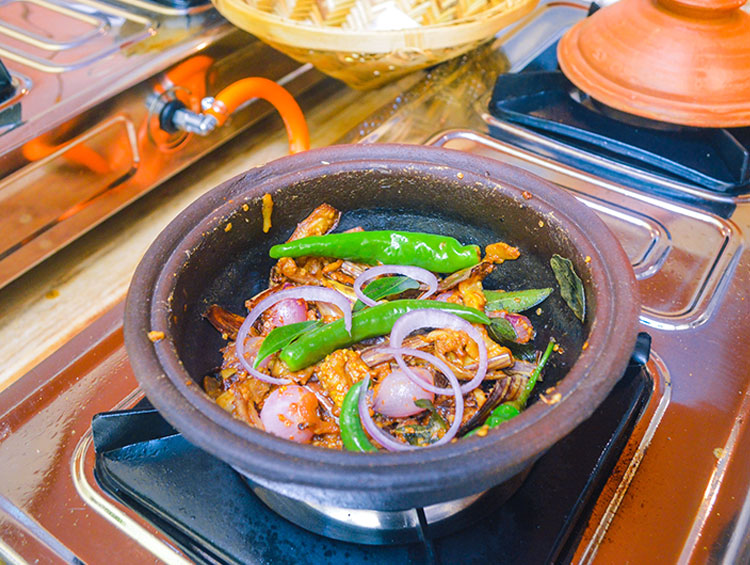
2. Coconut scraper
Coconut is one of the most frequently used ingredients in Sri Lankan cooking, so the coconut scraper – or ‘Hiramanaya’ – is an essential kitchen utensil, usually clamped onto the side of a work surface. It is used to work tough coconut flesh into flakes. Using coconut milk powder as an alternative to the fresh coconut milk that the Hiramanaya produces spoils the taste and aroma of the curry, which Sri Lankans do not like.
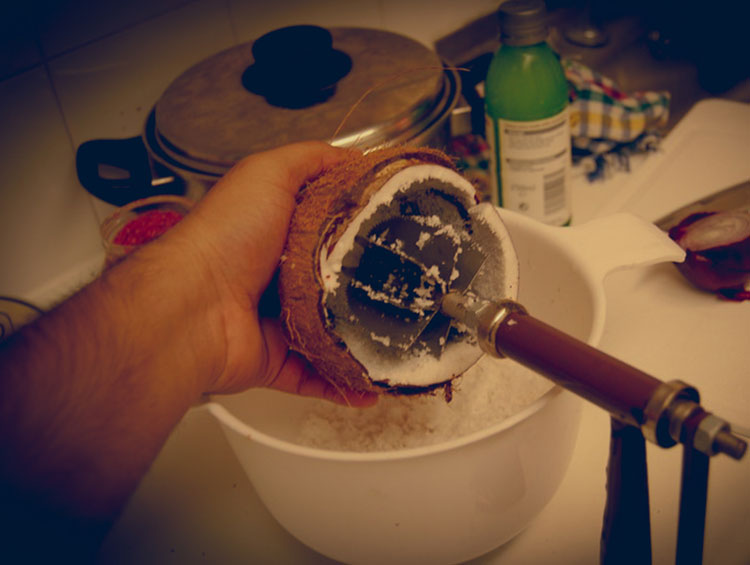
3. Handmade spoons
Traditionally used in Sri Lankan cooking, these are made by hand from a coconut shell and come in many different sizes. A variety of modern spoons are available at markets, but they can’t beat the coconut shell spoon’s heat-absorbing ability, depth, and simplicity of use.
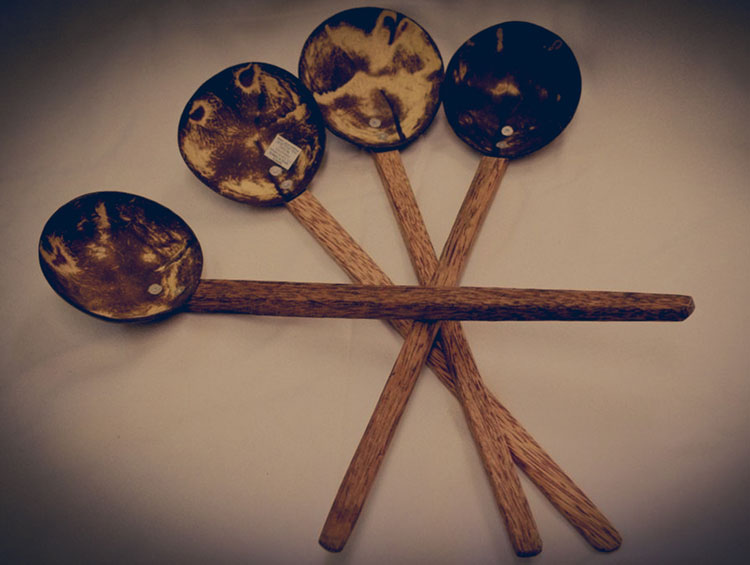
4. mortar & pastel
This two-part tool consists of a stone pot into which ingredients are placed and a long round wooden pole, used to pound and crush. Known as the ‘wan gediya and mol gaha’, this utensil is a must-have for authentic Sri Lankan cooking. While modern appliances cut ingredients into tiny pieces, the pestle and mortar allow the user to mash the ingredients and break down more cell walls as a result (but without damaging delicate ingredients such as herbs). This releases more flavor and makes a more intense curry paste, plus allows the user to control the texture of the ingredients – modern food processors only work with pre-defined settings.
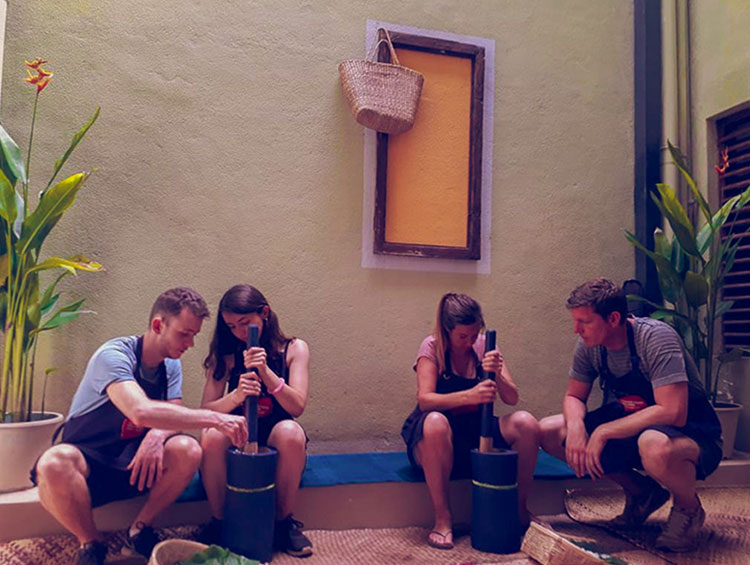
5. Grinding stone
One of the oldest tools used in Sri Lankan cooking, the ‘miris gala’ is a two-stone grinder used to crush ingredients. It consists of one large, flat stone (used as the base) and another cylindrical stone (used like a rolling pin). It is mainly used for making mouthwatering sambol, which in turn is used for making curries, meat, ambul thiyal and many other dishes. Even though you can use a modern blender as an alternative, it won’t give you a fine paste and the same taste.
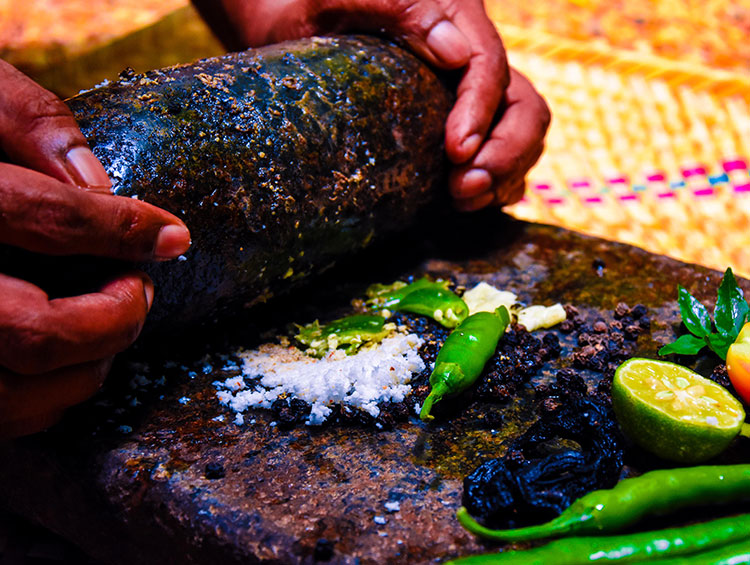
6. String hopper press
Also known as an ’indiyappam wangediya’, a string hopper press is used to make rice noodles called string hoppers. Flour dough is pressed through the metal tube, which creates fine strings. It is the only way to make string hoppers.
7. Pittu bamboo
This is the traditional method used to make pittu – the mixture is placed inside the bamboo and then steamed. Even though similar aluminum tools are found in the market, bamboo enables the food to be cooked using steam, which keeps the natural flavor.
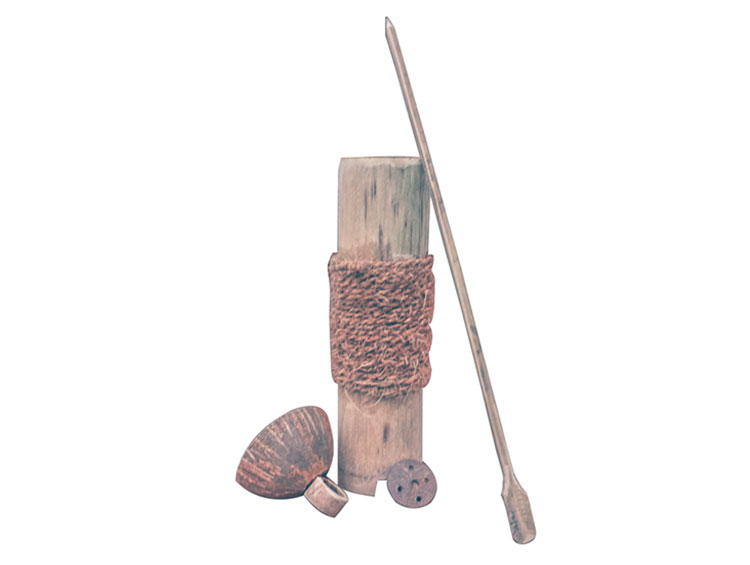
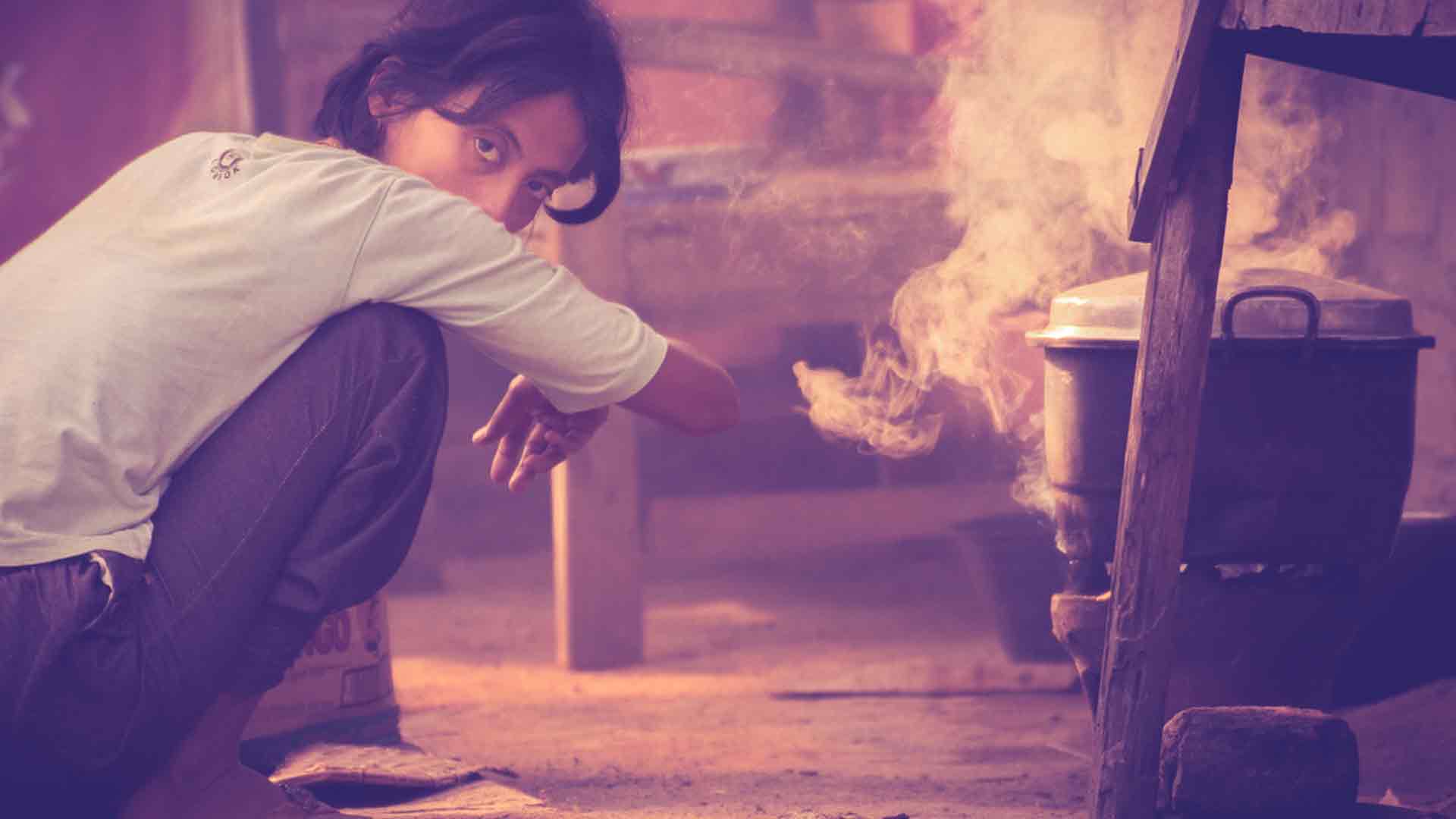
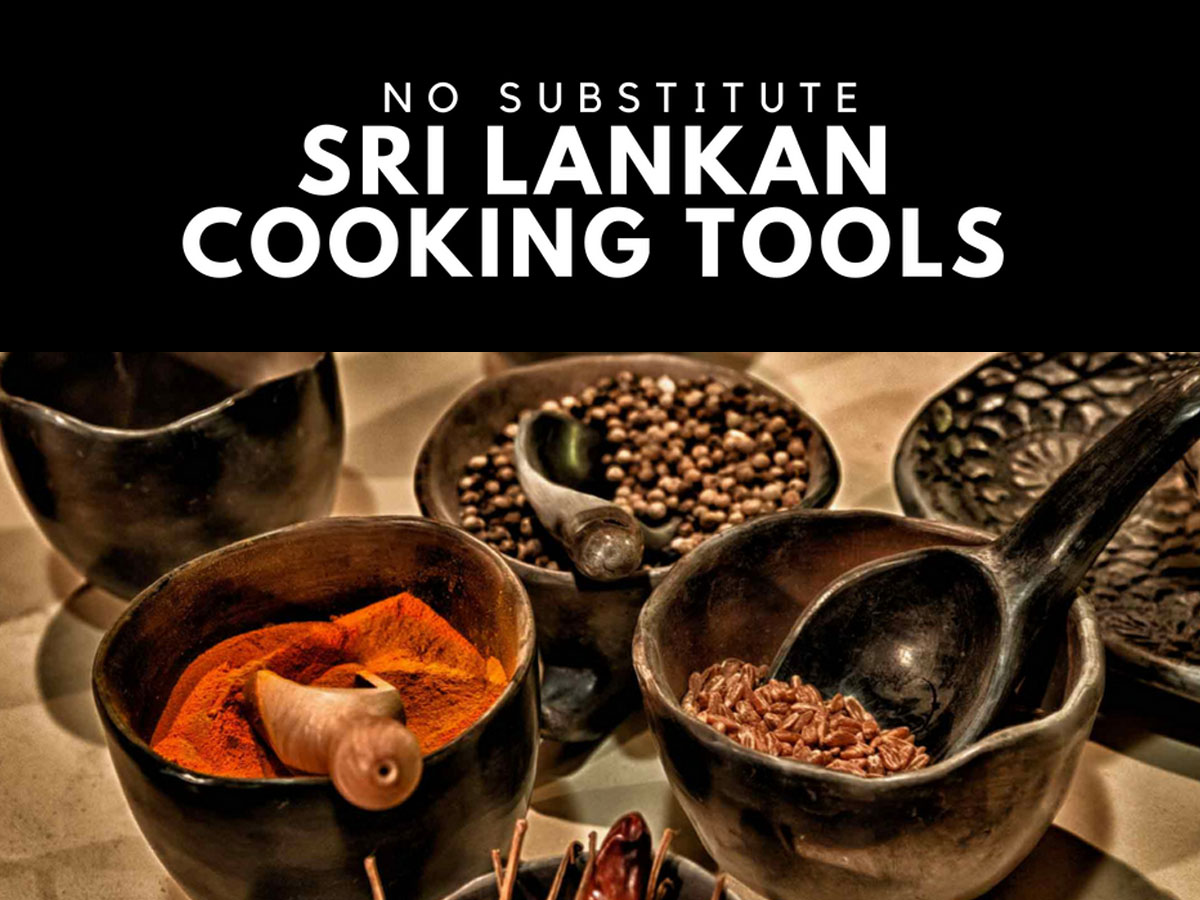
Thank you very much for your feedback!
Hello there,
My name is Aly and I would like to know if you would have any interest to have your website here at ceylonrusticguide.com promoted as a resource on our blog alychidesign.com ?
We are in the midst of updating our broken link resources to include current and up to date resources for our readers. Our resource links are manually approved allowing us to mark a link as a do-follow link as well
.
If you may be interested please in being included as a resource on our blog, please let me know.
Thanks,
Aly
nice article ! Very helpful!. It has a lot of new information for me. I would love to use this “Pittu bamboo” and cook something using it. Certainly during my next Sri Lankan visit I will try these traditional tools.
Very interesting, a great introduction to Sri Lankan traditional kitchen. Keep it up!
First off I would like to say great blog! I
had a quick question in which I’d like to ask if you do not mind.
I was interested to know how you centre yourself and clear your thoughts prior to writing.
I’ve had a hard time clearing my thoughts in getting my ideas out there.
I do take pleasure in writing however it just seems like the first 10 to
15 minutes tend to be lost simply just trying to figure out how to begin. Any recommendations or tips? Kudos!
Nice collection here. I wan to add more one name- #Clay Cooking Pots
Rice and curries are our staple meal, and numerous more established Sri Lankans guarantee that a standout amongst other approaches to make a curry is to utilize conventional clay pots or mati walang. These pots are formed from red or dark clay on a potter’s haggle either sun dried for a couple of days or let go in an oven to make them hard and brittle.Traditionally, rice, too, was cooked in a pot on a fire or stove. Known as a shower muttiya, this is a round pot with a restricted opening.